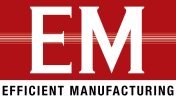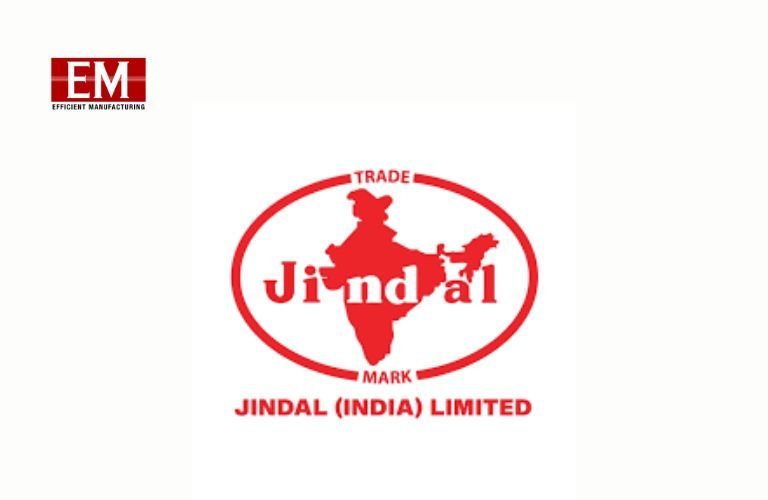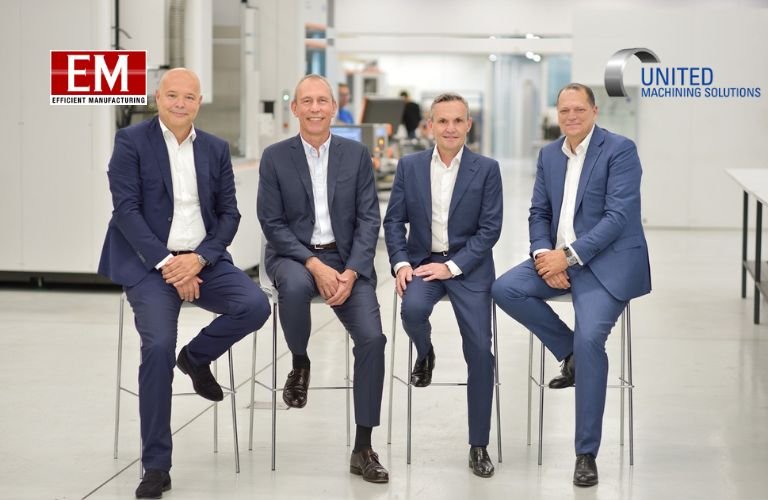| The evolution of energy efficiency technologies has significantly progressed since the early days of initiatives like the Bachat Lamp Yojana, which promoted LED lamps over CFLs, and the SuperEfficient Equipment Program (SEEP) in 2013. These programs have paved the way for India to become a leader in energy efficiency, with some of the strictest appliance standards in energy consumption. They encourage the transition to renewable energy, raise public awareness about energy savings, and promote adopting energy-efficient products.
Dr. Mayur Sundararajan,
CEO, Superfan,
Beyond domestic use, the largest energy consumption for human thermal comfort comes from MSMEs. By incorporating these technologies and other techniques, Indian MSMEs can enhance their credibility towards ESG requirements and contribute to achieving Net Zero targets set by the government by reducing their carbon footprint.
EnergyEfficient Thermal Comfort Appliances
BLDC (Brushless DC) motors are at the forefront of core technology that kickstarted energy-efficient thermal comfort appliances. This began with Versa Drives Private Limited launching India’s first BLDC motor-based fans in 2012. Now, it has penetrated various appliances beyond thermal comfort, with new air conditioners and air coolers using these magnet-based motors to enhance their energy efficiency. These motors are inherently more efficient than traditional AC induction motors, offering significant energy savings and eliminating heat generation from the motor. Eliminating heat generation is key to building an ecosystem that requires cooling for human thermal comfort. Older fans or air coolers are sources of heat inside the space, which, over time, contribute to the heat load of the space. MSMEs can leverage these new-age thermal comfort appliances based on BLDC motor technology in various spaces ranging from offices to manufacturing bays to reduce their energy costs for human thermal comfort.
Non-heat-generating fans in Manufacturing Facilities
BLDC fans are a viable solution for active cooling in manufacturing bays. Unlike AC induction motors, BLDC motors do not generate excessive heat, which helps maintain a comfortable working environment. Although the initial cost may be slightly higher, the long-term savings, enhanced features, and reduced carbon emissions make them a worthwhile investment.
Complementary Use of Air Conditioners and Air Coolers
BLDC fans can be used in conjunction with air conditioners to optimise thermal comfort. Fans, which utilise the natural evaporative cooling mechanism of the human body, are particularly effective when used alongside ACs. ACs can be set at a higher temperature, thereby saving a lot of energy. The Bureau of Energy Efficiency has widely promoted this hybrid cooling technique in recent years. MSMEs should take advantage of this to drastically reduce their energy costs.
Identifying and Managing Heat Sources
Identifying and managing heat sources in manufacturing facilities is crucial for optimising energy efficiency. Machines that generate heat should be placed in areas where natural cooling is possible or equipped with active cooling solutions. Reducing or minimising these heat sources can improve overall thermal comfort and reduce reliance on energy-intensive cooling systems for human thermal comfort.
Architectural Planning and Passive Cooling Solutions
Effective architectural planning plays a vital role in minimising energy consumption for cooling. Designing spaces with good ventilation, natural light, and strategic placement of heat-generating equipment in the manufacturing space can significantly reduce the need for active cooling solutions. Incorporating passive cooling techniques such as shaded windows, reflective roofing, and natural ventilation can further enhance energy efficiency.
Developing new Building Standards and Codes
Developing new building standards and codes that consider the latest technology with the intent of energy efficiency in several aspects beyond thermal comfort would provide guidelines for constructing inherently energy-efficient spaces. These guidelines would include several passive cooling elements and reduce reliance on active ones. New research tailored to Indian conditions, work culture, and demographics is needed to develop effective standards that address the unique challenges MSMEs face in India.
Workforce Attire and Thermal Comfort
The attire of the workforce plays a significant role in thermal comfort. In office spaces, wearing heavy attire in hot and humid conditions adds unnecessary heat load, increasing the energy required for cooling. Promoting lighter, climate-appropriate attire can help maintain comfort and reduce energy consumption.
Conclusion
MSMEs can significantly reduce their carbon footprint by adopting energy-efficient technologies such as BLDC motor-based fans, ACs, and air coolers, strategically managing heat sources, and implementing effective architectural planning and energy standards. Embracing these practices enhances energy efficiency and contributes to achieving Net Zero targets, fostering a more sustainable future for Indian businesses.












